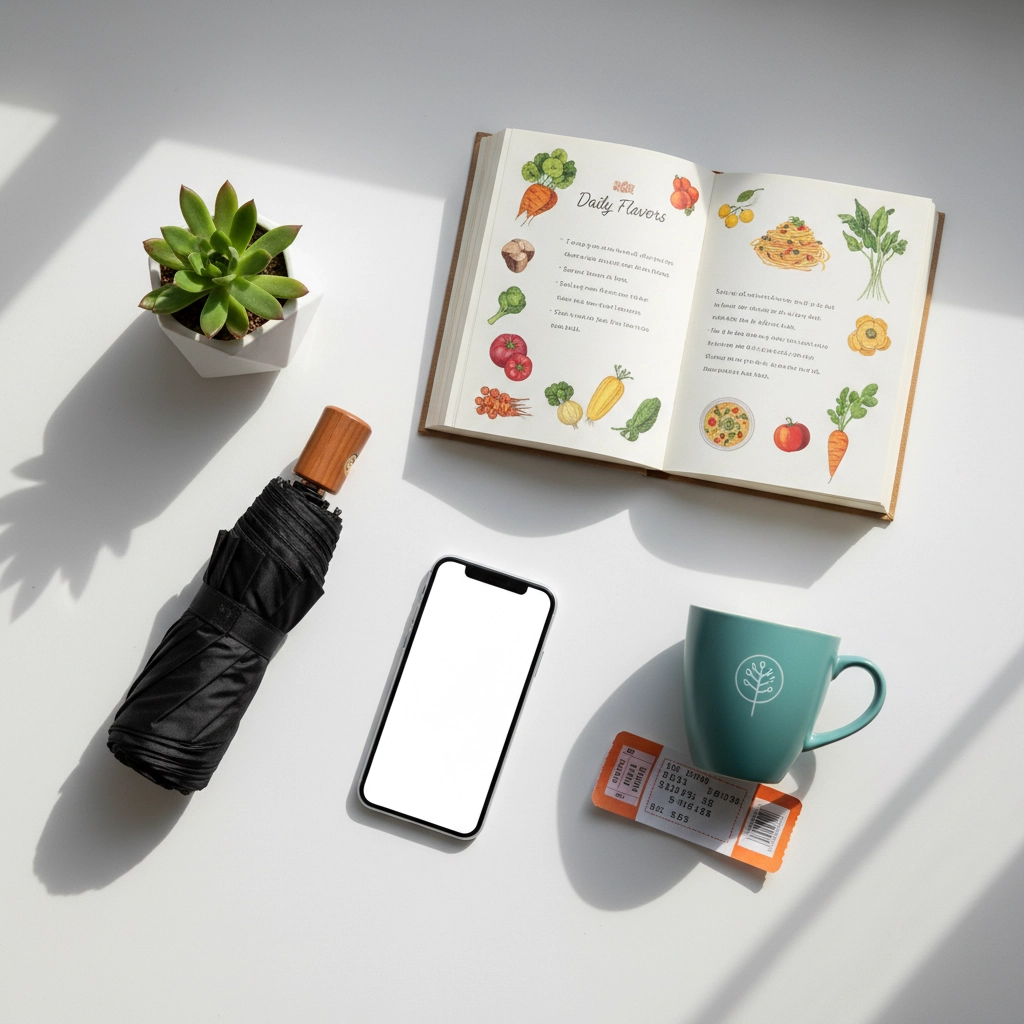Contents
TogglePicture this: you're at a coffee shop, and someone asks about your weekend. Instead of saying "It was good," you share a mini-adventure about getting lost while hiking and discovering a hidden waterfall. Suddenly, you've connected with a stranger, practiced your English naturally, and felt confident doing it.
That's the magic of storytelling in English. It's not just about entertainment: it's one of the most powerful tools for building language confidence and creating genuine connections with others.
If you've ever felt nervous about speaking English or struggled to keep conversations interesting, storytelling might be your secret weapon. Let's explore how you can master this skill with simple techniques that work in everyday situations.
Why Your Brain Loves Stories
Here's something fascinating: our brains are literally wired for stories. When you hear a good story, multiple parts of your brain light up, not just the language centers. This means stories stick in our memory much better than plain facts or grammar rules.
Think about it: you probably remember the plot of a movie you watched years ago, but you might forget what you had for lunch yesterday. That's because stories create emotional connections, and emotions help lock memories in place.
For English learners, this is incredible news. When you practice storytelling, you're not just working on vocabulary and grammar. You're training your brain to think in English naturally, building confidence as you see listeners engage with your words.

Simple Story Frameworks That Work
The best part about storytelling? You don't need to be Shakespeare to be effective. Here are three simple frameworks that work every time:
The Problem-Solution Framework
This is perfect for everyday situations. Start with a challenge, describe what you tried, then share the outcome.
Example: "Yesterday, I needed to buy ingredients for dinner, but I couldn't remember the English word for 'cilantro.' I tried describing it to the store clerk: 'the green herb that tastes fresh': and she understood! Now I know that describing things works when I forget specific words."
The Before-During-After Structure
This framework helps organize longer stories and keeps listeners engaged.
- Before: Set the scene ("Last month, I was terrified of ordering food in English")
- During: Share the main event ("But then I had to order lunch for my whole team")
- After: Reveal the outcome ("Now I actually enjoy trying new restaurants")
The Lesson Learned Approach
Perfect for sharing experiences that changed your perspective.
Start with what you used to believe, describe the experience that changed your mind, then share your new understanding. This framework works beautifully for cultural exchanges, travel stories, or learning experiences.
Building Confidence Through Structure
One reason many English learners feel nervous about storytelling is the fear of rambling or losing their audience. The solution? Give your stories a clear backbone.
Start Strong
Your opening sentence should grab attention. Instead of "Something interesting happened to me," try "I learned that Google Translate can get you into serious trouble." See the difference? The second opening makes people want to know more.
Keep It Moving
Good stories have momentum. Use connecting words like "then," "suddenly," "meanwhile," and "finally" to guide your listeners through the experience. These words are like road signs: they help people follow your journey.
End With Purpose
Every story should leave your listener with something: a laugh, a lesson, or a new perspective. Don't just trail off with "and that's what happened." Instead, end with impact: "That's how I learned to always double-check my translations" or "Now I know why my neighbors always smile when they see me."

Language Tools for Better Stories
Here are specific phrases that make your English storytelling more engaging:
For Building Suspense:
- "Little did I know…"
- "The next thing I knew…"
- "Just when I thought…"
- "You won't believe what happened next…"
For Adding Drama:
- "My heart was racing…"
- "I couldn't believe my eyes…"
- "Time seemed to slow down…"
- "I froze in my tracks…"
For Smooth Transitions:
- "Meanwhile, back at…"
- "At the same time…"
- "It turns out that…"
- "Looking back now…"
For Strong Endings:
- "That's when I realized…"
- "From that day on…"
- "It taught me that…"
- "I'll never forget…"
Don't worry about using these perfectly at first. Pick one or two that feel natural and practice them until they become automatic.
Practice Scenarios from Daily Life
The beauty of storytelling is that material surrounds you every day. Here are ten everyday situations that make great practice stories:
- The Transportation Adventure: A delayed bus, missed train, or unexpected detour
- The Food Discovery: Trying a new restaurant or cooking disaster
- The Technology Fail: When your phone died at the worst possible moment
- The Weather Drama: Caught in a sudden storm or unexpected sunshine
- The Lost and Found: Getting directions, finding a hidden gem in your city
- The Language Mix-up: Misunderstanding that led to funny or awkward situations
- The Helpful Stranger: When someone went out of their way to help you
- The Cultural Surprise: Something that amazed you about local customs
- The Shopping Quest: The hunt for a specific item that took longer than expected
- The Weekend Plan Gone Wrong: When Plan A failed but Plan B turned out better

Start small. Pick one situation from last week and practice telling it in two minutes. Focus on clear structure and natural language rather than perfect grammar.
Overcoming Speaking Anxiety
Let's be honest: speaking in your second language can feel scary, especially when you're trying to entertain or engage others. Here are strategies that actually work:
Practice the "So What?" Test
Before sharing a story, ask yourself: "So what? Why should someone care about this?" If you can answer that question, you have a story worth telling. The "so what" might be humor, a lesson learned, or simply the joy of sharing an experience.
Start with Friendly Audiences
Begin practicing with people who already support your English learning journey: classmates, language exchange partners, or understanding friends. Their encouragement will build your confidence for bigger audiences.
Focus on Connection, Not Perfection
Remember, your goal isn't to sound like a native speaker immediately. It's to connect with another human being through shared experience. People are much more forgiving of grammar mistakes when they're engaged in your story.
Use Your Body Language
Your hands, face, and posture tell part of the story too. Don't be afraid to gesture, make eye contact, and use facial expressions. They help communicate meaning when words fall short and make you appear more confident.
Making Stories Memorable
Great storytellers know that the secret isn't just in what you say, but how you make people feel. Here are three techniques to make your English stories stick:
Include Sensory Details
Don't just say "The food was good." Try "The soup was so hot that steam fogged up my glasses, and the first spoonful warmed me from my tongue to my toes." Sensory details help listeners experience your story, not just hear it.
Add Dialogue
Instead of "My friend disagreed with me," try "My friend looked at me and said, 'Are you absolutely sure about this?'" Direct quotes make stories come alive and give you great opportunities to practice different intonations.
Show Emotions
Rather than stating "I was embarrassed," paint the picture: "My face turned red, and I wanted to disappear into the floor." Showing emotions helps your audience connect with your experience.

Your Storytelling Journey Starts Now
Storytelling in English isn't about having perfect grammar or an extensive vocabulary. It's about sharing your human experience in a way that connects with others. Every mistake you make, every funny mispronunciation, every moment of searching for the right word: these are all part of your unique story as an English learner.
The most important step is simply starting. Pick one small experience from your day and practice telling it to yourself. Focus on structure first, then add details and personality. Remember, even native speakers sometimes struggle to tell engaging stories. The difference is practice and confidence, both of which grow every time you share your experiences with others.
Your stories matter because your perspective is unique. The world needs to hear about your adventures, your culture, your discoveries, and your journey learning English. Every time you tell a story, you're not just practicing language: you're building bridges between cultures and creating moments of genuine human connection.
So go ahead, take that first step. The next time someone asks about your day, your weekend, or your experiences, don't just give a quick answer. Share a story. You might be surprised by how naturally the words flow when you focus on connecting rather than perfecting.
Ready to practice your storytelling with supportive fellow learners? Join our Skool community where you can share your stories, get feedback, and build confidence in a encouraging environment. Your storytelling journey starts with one story: and we'd love to hear yours!





